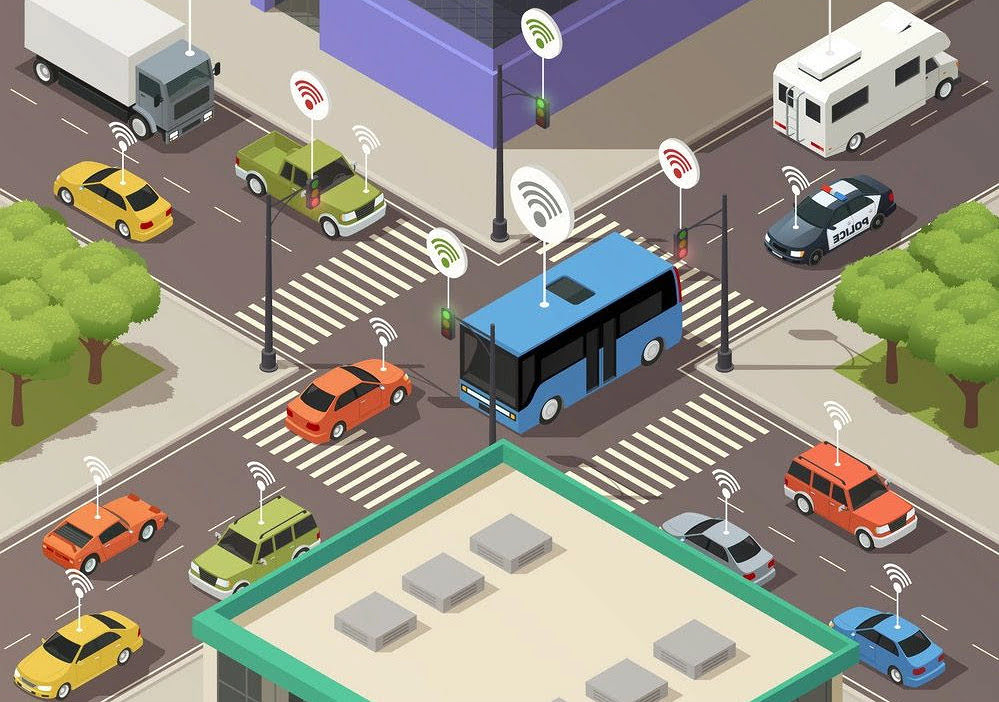The advent of autonomous vehicles (AVs) is set to transform urban transportation in unprecedented ways. As cities grapple with congestion, pollution, and safety concerns, the integration of self-driving technology offers a promising solution. This article delves into how autonomous vehicles will change urban transportation, exploring their potential to enhance mobility, reduce traffic accidents, and promote sustainable practices. With advancements in artificial intelligence and machine learning, AVs are not just a futuristic concept; they are becoming a reality that urban planners and policymakers must consider.
In the following sections, we will examine the various ways autonomous vehicles are poised to reshape our cities. From improving traffic flow and reducing the need for parking spaces to providing accessible transportation options for all demographics, the implications are vast. We will also discuss the environmental benefits of AVs, including their potential to lower carbon emissions and support the shift towards greener urban environments. Furthermore, we will highlight the challenges and considerations that come with this technological shift, ensuring a comprehensive understanding of the topic.
As you read on, you will discover the exciting possibilities that autonomous vehicles bring to urban transportation. Whether you are a city dweller, a transportation enthusiast, or simply curious about the future of mobility, this article will provide valuable insights into how AVs will redefine our urban landscapes. Join us on this journey to explore the future of transportation and the role of autonomous vehicles in creating smarter, safer, and more efficient cities.
Enhanced Traffic Management
One of the most significant impacts of autonomous vehicles (AVs) on urban transportation is the potential for enhanced traffic management. With the integration of advanced algorithms and real-time data analysis, AVs can communicate with each other and traffic management systems to optimize traffic flow. This capability can lead to reduced congestion, shorter travel times, and improved overall efficiency in urban areas.
Moreover, the ability of AVs to predict and respond to traffic conditions can minimize the need for traffic signals and stop signs, as vehicles can coordinate their movements. This shift could result in smoother traffic patterns and a decrease in the number of accidents caused by human error. As cities adopt smart infrastructure, the synergy between AVs and traffic management systems will become increasingly vital.
Reducing Parking Demand
Autonomous vehicles are poised to significantly reduce the demand for parking in urban environments. With the capability to drop off passengers and park themselves in less congested areas, AVs can free up valuable urban space currently dedicated to parking lots and garages. This change can lead to the repurposing of these areas for parks, housing, or commercial developments, enhancing the quality of urban life.
Additionally, as ride-sharing services become more prevalent with AV technology, the need for personal vehicle ownership may decline. This shift could further decrease the number of vehicles on the road, leading to less congestion and pollution. Urban planners will need to adapt to these changes by rethinking zoning laws and land use to accommodate a future with fewer parking requirements.
Improved Accessibility and Mobility
Autonomous vehicles have the potential to revolutionize accessibility and mobility for individuals with disabilities and the elderly. By providing a reliable and safe mode of transportation, AVs can empower these populations to navigate urban environments more independently. This increased mobility can enhance their quality of life and provide greater access to essential services and social activities.
Furthermore, the integration of AVs into public transportation systems can create a more inclusive urban landscape. By offering on-demand services that cater to specific needs, cities can ensure that all residents have access to efficient transportation options. This shift towards inclusivity will be crucial in building sustainable and equitable urban environments.
Environmental Impact and Sustainability
The adoption of autonomous vehicles can contribute to environmental sustainability in urban transportation. Many AVs are designed to be electric, which can significantly reduce greenhouse gas emissions compared to traditional gasoline-powered vehicles. As cities strive to meet climate goals, the transition to AVs can play a crucial role in reducing the carbon footprint of urban transportation.
Moreover, the efficiency of AVs in traffic management can lead to lower energy consumption. By optimizing routes and reducing idling times, AVs can minimize energy waste. As cities invest in renewable energy sources to power these vehicles, the overall environmental impact of urban transportation can be further mitigated, promoting a greener future.
Economic Implications and Job Transformation
The rise of autonomous vehicles will undoubtedly have significant economic implications for urban transportation. While AVs can lead to cost savings in terms of reduced accidents and improved efficiency, they may also disrupt traditional job markets. For instance, the demand for taxi drivers and truck drivers may decline as AV technology becomes more widespread.
However, this transformation also presents opportunities for new job creation in sectors related to AV technology, such as software development, vehicle maintenance, and infrastructure management. As cities adapt to these changes, workforce development programs will be essential to equip individuals with the skills needed for emerging roles in the autonomous vehicle ecosystem.
| Aspect | Description |
|---|---|
| Reduced Traffic Congestion | Autonomous vehicles (AVs) can communicate with each other and traffic management systems to optimize routes and reduce traffic jams. |
| Increased Safety | With advanced sensors and AI, AVs can significantly reduce accidents caused by human error, leading to safer urban environments. |
| Environmental Impact | AVs can be designed to be electric, reducing emissions and promoting sustainable urban transportation solutions. |
| Changes in Urban Design | As AVs become more prevalent, cities may redesign infrastructure, reducing the need for parking spaces and allowing for more green areas. |
| Accessibility | AVs can provide transportation solutions for individuals with disabilities or those unable to drive, enhancing mobility for all citizens. |
| Public Transportation Integration | AVs can complement public transport systems, providing first and last-mile solutions that improve overall efficiency and convenience. |
| Economic Implications | The rise of AVs may lead to job displacement in driving professions but could also create new opportunities in tech and infrastructure development. |



